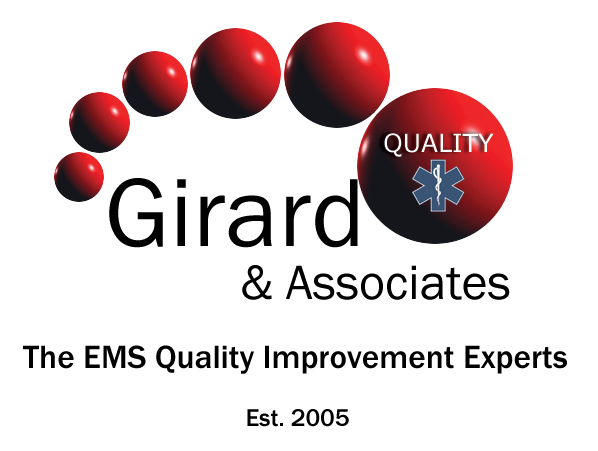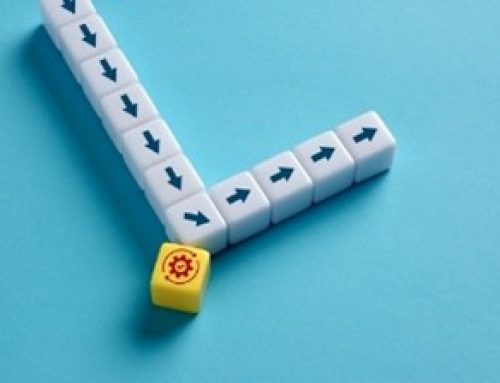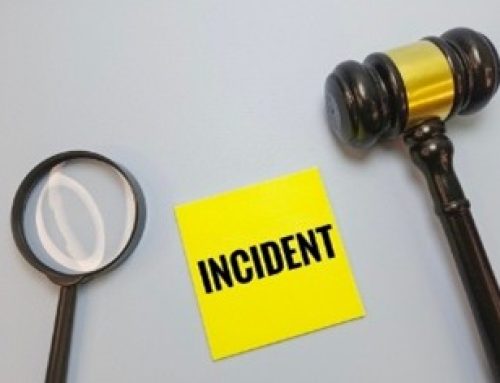Why is EMS CQI so Hard?

One of the most common discussions I have with EMS CQI coordinators is, why is CQI so hard?
Coordinators will list a litany of problems. Why do providers not like feedback? Why do the same problems keep popping up? Why do I get so much pushback from field personnel? How come my medical director doesn’t see things the way I do?
If you boil down most of these questions you will find a simple common denominator, subjectivity. The reality is what we do for a living, reviewing PCRs and providing feedback, sounds simple. Someone reads the PCR, determines there is an issue and brings in the provider for discussion. Simple right?
The problem with the CQI process (as it relates to EMS at least) is that much of what we do is subjective in nature. You and I can both read the same run report and I may think everything went well and you may think there is plenty of room for improvement. This lack of agreement on whether improvements should be made is the root of many problems within CQI programs.
How do you convince a paramedic that the care they provided was less than adequate when they honestly believe they did everything well?
For that matter, how do you convince your medical director that there is a clinical issue when they don’t see one? In fact, you can send the same call to different medical directors, and they will not all agree on whether there is a clinical issue to be fixed.
I was once told by one medical director that all STEMI patients required defib pads regardless of perceived stability of the patient. The logic was that STEMI patients, by definition, are unstable and treatment protocol and ACLS protocol recommends unstable patients have defib pads placed as a preventative measure. Sounds simple in its inherent logic.
Unfortunately, other medical directors completely disagree. Some feel it is a waste of medical resources to put pads on every STEMI, and in truth, most patients simply don’t require pads. In fact, one medical director was so incensed by my auditor recommending precautionary pads that he verbally excoriated my auditor in no uncertain terms.
To make matters more difficult, most medical directors could not even agree on what an unstable STEMI patient looks like. Sure a hypotensive or altered mental status patient would qualify but what about those “soft” clinical indicators.
For example, a patient with dementia where it is not possible to accurately determine level of consciousness, or that borderline BP that may, or may not indicate the patient is becoming unstable. Many medical directors can’t even agree on what blood pressure numbers should be used to determine instability.
When some of these other parameters create an unclear picture, what’s a CQI coordinator to do? The subjective nature of the job makes giving definitive answers to unclear situations very difficult.
The answer is to embrace the subjective! By that I mean you need to recognize the challenge that subjectivity brings and to mitigate as much of it as possible. Appreciate that subjectivity can allow each person reviewing that call (including the medic who provided the care) to bring a different perspective that should be considered and explored as a potential part of the answer and not as a disagreement between parties.
In the above example regarding defib pad application on STEMI patients, both sides of the issue needed to be evaluated for the strengths and weaknesses of the arguments to determine what is in the best interest of the patient. As it turned out, both sides have valid points.

Yes, a STEMI is an unstable condition by definition and utilizing defib pads “just in case”, can minimize time delays in patients who become unstable enough to warrant defibrillation. That thought process may help providers keep that concern top of mind when providing patient care, that these patients can deteriorate rapidly.
More importantly, agency medical directors realized they needed to clarify what an “unstable” patient is for that system, so every provider was using the same definition. Specifically, what parameters, as they relate to vitals, level of consciousness amongst various patient types, or other criteria that may require more aggressive interventions.
By considering these factors, the EMS agencies who had medical directors who agreed with this philosophy created a more robust discussion about how to assess and ultimately treat this group of patients.
For the agency medical directors who did not agree with “automatic” defib pads for every STEMI, the realization that more clarity needed to be given on what they each felt were the criteria for stability in order to determine which patients should get pads applied and when.
Each medical director had a different list of criteria that they felt was reasonable and there was no universal consensus (a not unusual occurrence).
Some medical directors used different blood pressure and pulse rate criteria (some picked a pressure of 90, some 80 for the cutoff for applying pads, or what pulse rate made the medical director become uncomfortable in determining when they felt pads should be applied).
Some used individual criteria, some required a combination of criteria. There was also a great deal of discussion regarding patient level of consciousness changes that would make them feel the need for pads.
Each medical director had slight, and on occasion, significant differences in these criteria that they felt should be the threshold for applying defib pads. Even in cases where protocol or ACLS provides guidance, some medical directors have their own opinion that differs from that guidance (the very definition of subjectivity).
Getting each medical director to provide these details resulted in a customized approach to this question that provided the CQI personnel with the ability to standardize their audit of these calls. While there were differences amongst MDs within the various agencies, subjectivity amongst CQI personnel and field providers was minimized, at least on an agency by agency basis.
The key to success in this case was in creating a standard that goes beyond what normal protocols or ACLS provides clarifying the grey area for this particular topic. Getting rid of subjectivity can be done by providing specifics on how to address clinical issues but it needs to be done after all opinions on the topic have been considered and a reasoned approach is employed. Otherwise, it is just one person’s opinion that is being adhered to, and that creates much of the friction in the CQI process.
That friction is one of the main reasons CQI can be difficult to perform and results in uneven success in getting providers to change their behaviors, and other disagreements that can result in a stressful environment.
For more information check or other articles on EMS CQI hot topics, or visit our website at www.girardassoc.com, or contact Paul Girard at paul.girard@girardassoc.com.



